Diwali, the Festival of Lights, is celebrated with an abundance of sweet and delicious treats. Sweets are not only popular but also hold special significance during the festival. These treats are made with love, care, and special cookware, and they hold a special place in the hearts of those celebrating the festival.
Table of Contents
Popular Diwali Sweets & Desserts:
Gulab Jamun: Gulab Jamun consists of soft, deep-fried dough balls made from khoya (milk solids) and flour. After frying, they are soaked in a fragrant sugar syrup, which gives them their signature sweet and syrupy taste. These golden-brown treats are often garnished with chopped pistachios or saffron strands.
What does it signify?
Gulab Jamun symbolizes the sweetness of the Diwali festival and the warmth of togetherness. The word "gulab" means "rose," and "jamun" refers to a dark berry, reflecting the deep color of the sweet. The round shape of Gulab Jamun signifies unity and completeness, and they are often shared with family and friends as a symbol of love and happiness.
Jalebi: Jalebi is a popular Indian dessert made from a fermented batter that's deep-fried into intricate, bright orange spirals. Once fried, these spirals are soaked in saffron-infused sugar syrup, resulting in a sweet, crispy, and syrupy delicacy.
What does it signify?
The unique taste and vibrant color of Jalebi represent the essence of celebrations. They are often associated with festivities and add a burst of flavor and color to Diwali. The circular shape of Jalebi signifies the cyclical nature of life and the sweetness and joy that this festival brings.
Rasgulla: Rasgulla is a popular Bengali sweet made from chenna (freshly made cheese) and sugar. These soft and spongy cheese balls are cooked in a sugar syrup, resulting in a sweet and light dessert that's enjoyed for its simplicity and deliciousness.
What does it signify?
Rasgulla represents purity and is often seen as a symbol of the sweetness and unity that Diwali brings. The white color of Rasgulla signifies purity, while the sweet taste is meant to create a harmonious and joyous atmosphere during the festival.
Barfi: Barfi is a sweet fudge-like confection that comes in various flavors and textures. It is made from condensed milk, khoya (milk solids), and sugar. It is often cut into square or diamond shapes and garnished with pistachios or almonds.
What does it signify?
Barfi signifies the richness and variety of Diwali celebrations. The variety of flavors and textures of Barfi represent the diversity of the festival and its delicious offerings. It is a delightful way to indulge in different sweet experiences during Diwali.
Halwa: Halwa is a sweet pudding-like dessert made from ingredients such as semolina (suji), carrots, or wheat, cooked in ghee and sugar. It is flavored with cardamom and often garnished with dry fruits.
What does it signify?
Halwa is enjoyed for its comforting, warm, and aromatic qualities. It symbolizes the joy and prosperity that Diwali brings, and it is often prepared as a gesture of hospitality and shared with loved ones during the festival.
Significance of Diwali Sweets:
Preparing sweets during Diwali is a time-honored tradition with several cultural, spiritual, and social reasons:
- Cultural Significance: Sweets play a central role in Indian culture, and they are an integral part of celebrations and festivities. Diwali, being one of the most significant festivals in India, calls for the preparation of special sweets to mark the occasion.
- Symbol of Sweetness: Sweets symbolize the sweetness and joy that Diwali represents. Offering and sharing sweets during this festival is a way to express well-wishes, love, and blessings to friends, family, and neighbors.
- Auspiciousness: Sweets are considered auspicious and are often offered to deities during prayer and worship. They are an essential part of the ritualistic aspect of Diwali celebrations, reflecting devotion and spirituality.
- Unity and Togetherness: Preparing and sharing sweets fosters a sense of unity and togetherness. Families come together to make these delectable treats, which is a bonding experience that strengthens familial ties.
- Hospitality: During Diwali, it's customary to welcome guests into one's home. Offering sweets is a way of extending hospitality and making guests feel cherished and valued.
- Gifting Tradition: Exchanging sweets and gifts is a common practice during Diwali. People offer boxes of sweets to family, friends, colleagues, and neighbors as a gesture of goodwill and to strengthen social bonds.
- Festive Spirit: Sweets enhance the festive spirit of Diwali. The variety and indulgence they offer create a sense of grandeur and celebration, making the festival even more special.
- Generosity: Sharing sweets is seen as an act of generosity and kindness. It aligns with the spirit of giving that is central to Diwali, and it's a way to express gratitude for the blessings of the year.
- Culinary Tradition: Diwali is an opportunity to celebrate the rich culinary traditions of India. Sweets come in a wide array of flavors, textures, and regional variations, reflecting the diversity of the country.
What Type Of Cookware You Need To Prepare Diwali Treats?
To prepare Diwali sweets, you'll need a variety of cookware and kitchen tools, depending on the specific sweets you plan to make. Here's a list of essential cookware and tools commonly used in preparing Diwali sweets:
Heavy-Bottomed Pan: A sturdy and thick-bottomed pan is essential for making sugar syrups, reducing milk for condensed milk, and preparing various sweet mixtures without scorching.
We recommend- Circulon Origins 24cm Sautepan Non-Stick Hard Anodized
Kadai: A kadai or wok is often used for frying sweets like jalebi, gulab jamun, and boondi laddu. It provides ample space for frying and is designed to handle the high heat required for deep-frying.
We recommend- Meyer Pre Seasoned Cast Iron Deep Kadai/Wok With Glass Lid , 24cm
Saucepan: A saucepan is useful for melting ghee, heating milk, or preparing certain fillings and syrups. Choose a medium-sized saucepan for most sweet recipes.re
We recommend- Meyer Select Stainless Steel Straining Saucepan 18cm (Induction & Gas Compatible)
Mixing Bowls: Various sizes of mixing bowls are needed for mixing ingredients, preparing dough, and making batters for sweets like besan laddu or boondi.
We recommend- Meyer Trivantage Open Tasla ,26cm
Wooden Spatula: A wooden spatula is ideal for stirring and mixing sweets, especially those that require constant stirring to prevent sticking or burning.
We recommend- Circulon Silicone Turner & Wooden Spatula 2 Pcs Set
Conclusion:
Remember that the specific cookware and tools you need will vary depending on the sweets you plan to make, so it's a good idea to have a variety of kitchen equipment on hand to handle a wide range of Diwali sweet recipes.

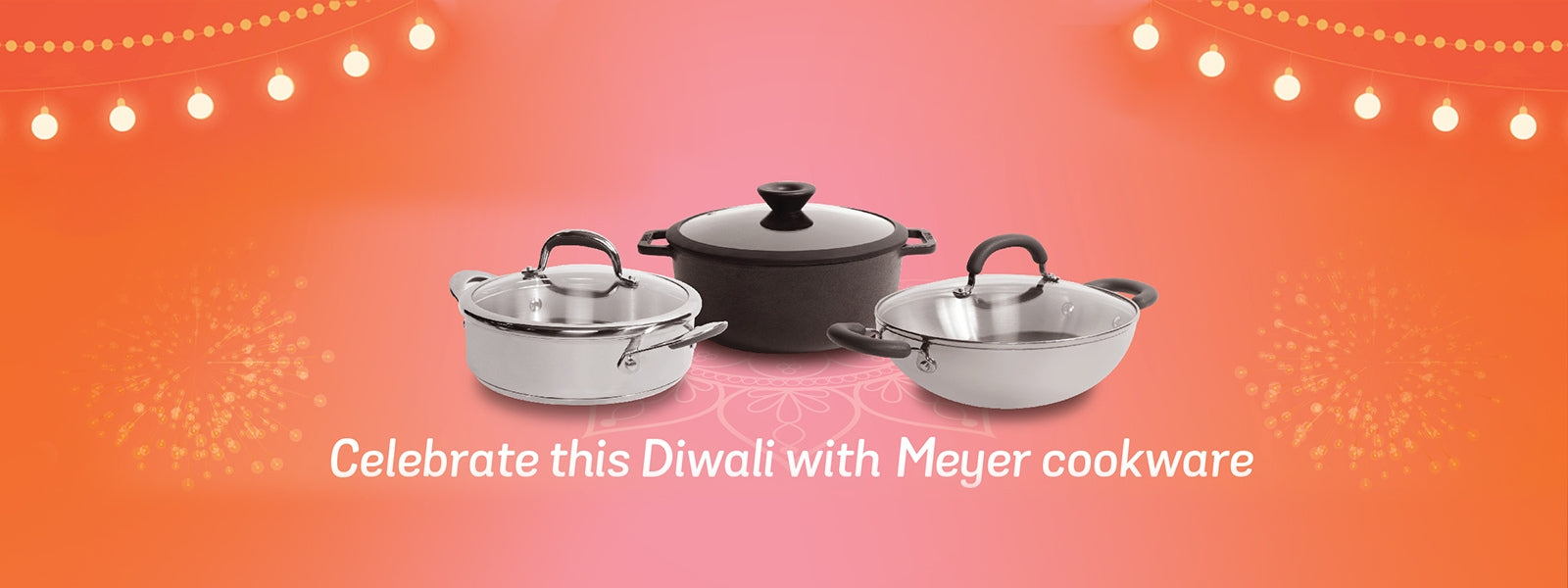
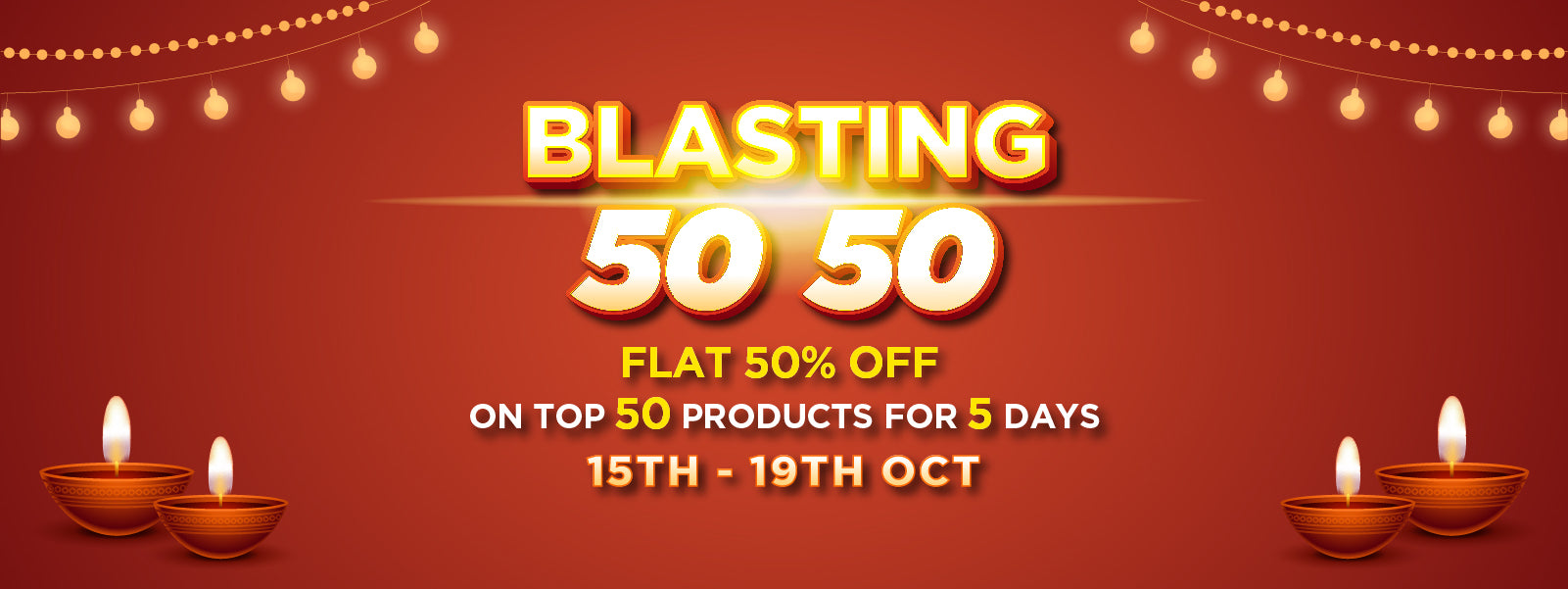

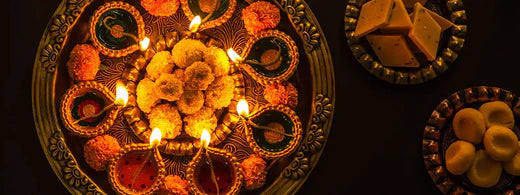
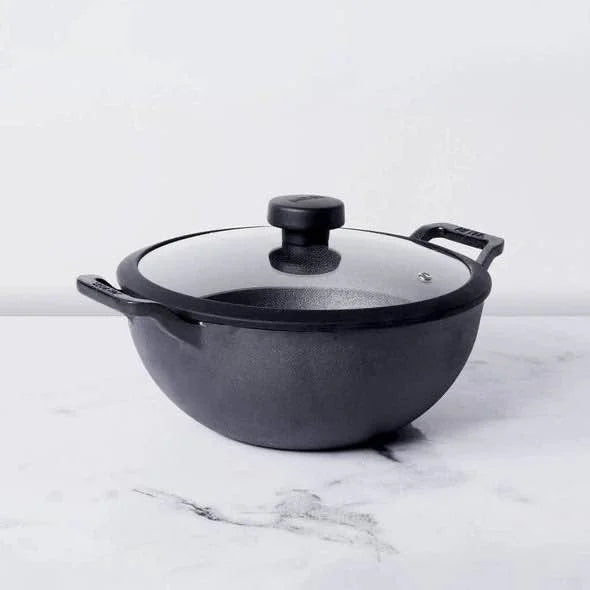
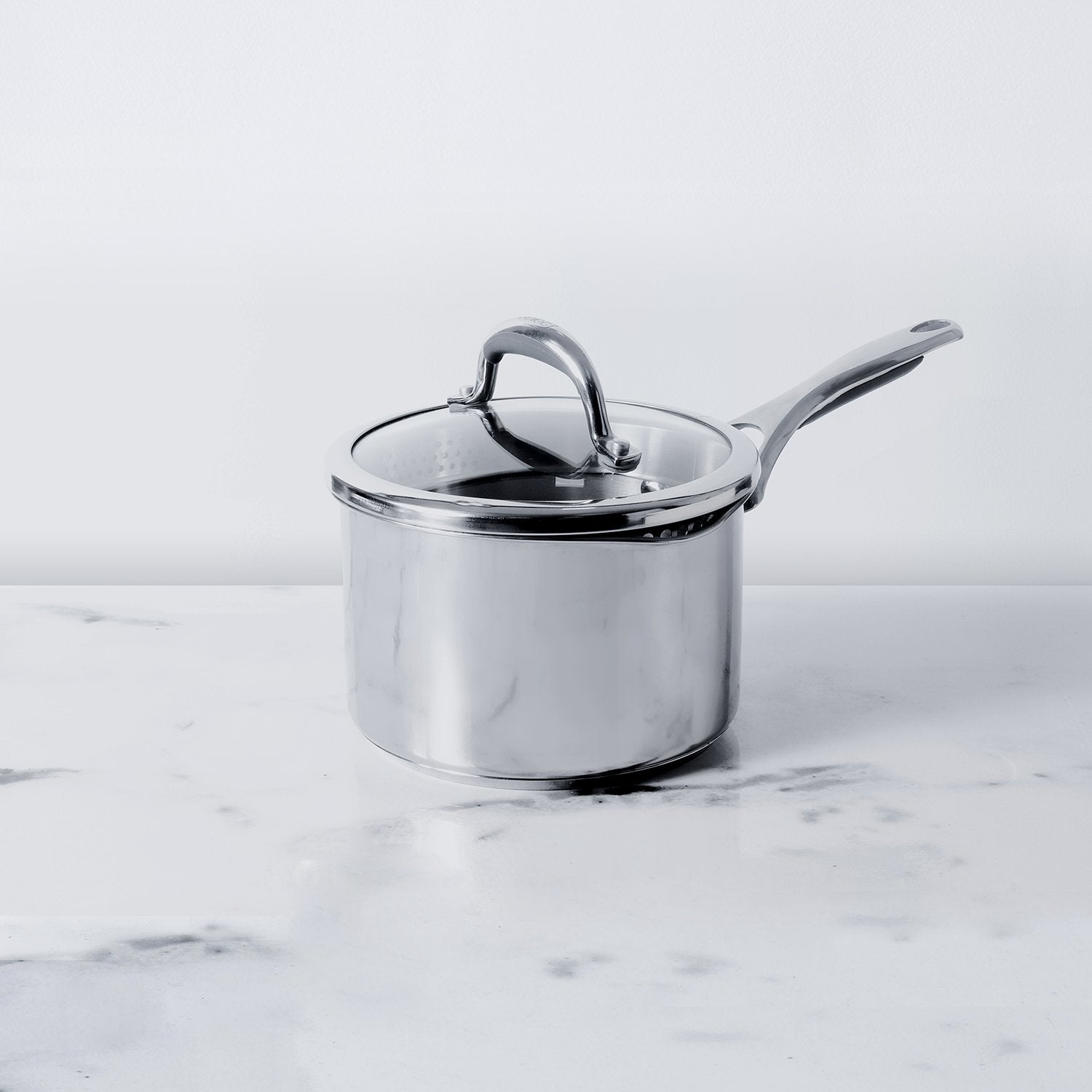




Leave a comment